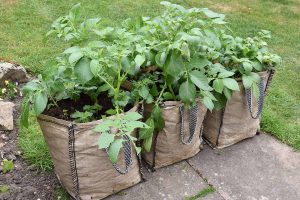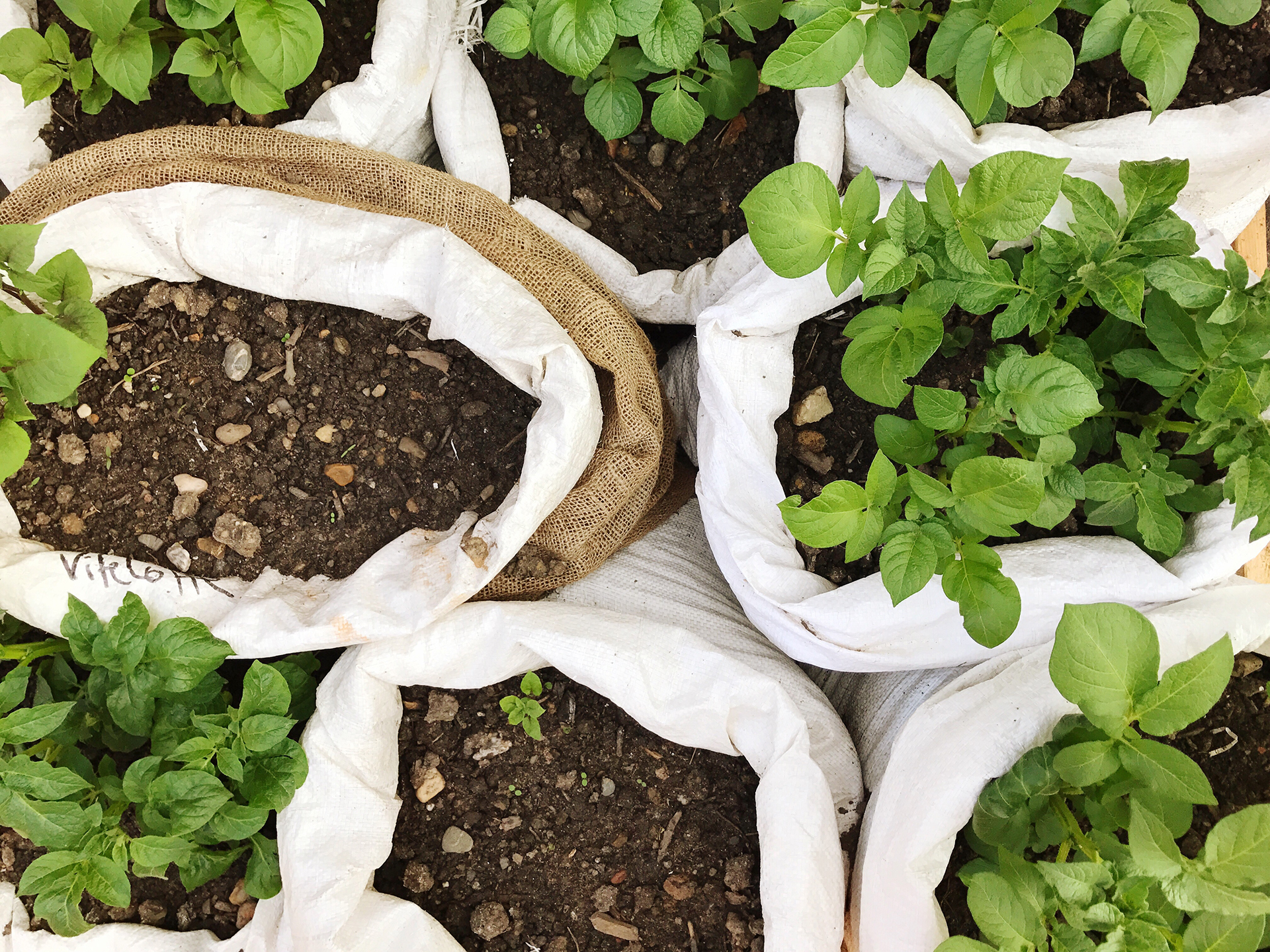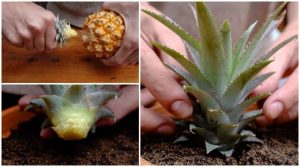Are you tired of not having enough space in your backyard to grow your own potatoes? Well, what if I told you that you can grow a bountiful harvest of this delicious vegetable right from the convenience of a bag? That’s right! Forget about needing acres of land or fancy gardening equipment. With the method I’m about to share with you, all you need is a bag, some soil, and a sprinkle of patience. So grab your gardening gloves and get ready to embark on an exciting journey into the world of growing potatoes in a bag!
Choosing The Right Soil:
When it comes to growing potatoes in a bag, choosing the right soil is paramount to ensure healthy growth and a bountiful harvest.
- One important consideration is the pH level of the soil. Potatoes thrive in slightly acidic conditions with a pH range of 5.0-6.0. Testing your soil’s pH level before planting will help you determine if any amendments are needed to achieve the optimal pH range.
- Another key consideration is the texture of the soil. Potatoes prefer loose, well-draining soil that allows for proper root development and prevents waterlogging. Sandy loam or loamy soils are ideal for growing potatoes as they provide good drainage while retaining enough moisture to keep plants hydrated.
- Furthermore, organic matter content is an essential factor when choosing soil for growing potatoes. Increasing organic matter promotes nutrient retention and improves water-holding capacity in sandy soils while enhancing drainage in heavy clay soils.
By considering these factors when choosing your potato-growing soil, you can provide optimum conditions for your plants and increase your chances of a successful harvest.

Preparing The Bag:
Preparing the bag for growing potatoes is a crucial step in ensuring a successful harvest.
- First, choose a suitable bag that is large enough to accommodate the potato plants as they grow and expand. It is important to use a breathable material, such as burlap or fabric bags, to allow proper air circulation and prevent moisture build-up.
- Before filling the bag with soil, it is recommended to create drainage holes at the bottom. This will prevent water pooling and potential rotting of the potatoes’ roots. Additionally, lining the inside of the bag with newspaper or cardboard can further aid in keeping moisture levels consistent.
- When selecting soil for your potato bag, opt for a loose and well-draining mix such as potting soil or compost mixed with perlite. Avoid using garden soil directly from your yard, as it may contain pests or diseases that could harm your plants.
- To ensure optimum growth and yield of your potato plants, consider incorporating organic matter into the soil mixture. Composted manure or leaf mold can enrich the soil’s fertility while providing essential nutrients for healthy tuber development.
- Lastly, remember to pre-moisten the soil before placing it into the bag. This step ensures that water is evenly distributed throughout the container once planting begins. Adequate hydration at this stage sets a good foundation for healthy root growth when you eventually plant your seed potatoes.
Planting The Potatoes:
Once you have prepared your soil and chosen the perfect spot for your potato bag, it’s time to start planting the potatoes. Here is a step-by-step guide that will help you ensure optimal growth and a bountiful harvest.
Step 1:
Start by filling the bags with around 4 inches of soil. This will provide a stable base for your potatoes to grow in.
Step 2:
Next, place your seed potatoes on top of the layer of soil, making sure they are evenly spaced apart. The eyes or sprouts should be facing up.
Step 3:
Cover the seed potatoes with another layer of soil, leaving about an inch or two above them. Be gentle when covering them to avoid damaging any sprouts that may have grown.
Step 4:
As your plants grow, continue adding soil to cover any exposed stems or foliage until just a few inches remain at the top of the bag.
By following these steps, you can set yourself up for a successful potato harvest and enjoy fresh homegrown spuds in no time! Remember to water regularly and keep an eye out for pests or diseases that may affect your plants’ growth. Happy planting!

Caring For Your Potato Plants:
1. Monitor And Maintain Moisture Levels
Potato plants require consistent moisture to thrive, but overwatering can lead to rot or fungal diseases. To ensure optimal growth, it’s important to monitor and maintain moisture levels in the soil. One way to do this is by using a moisture meter or simple finger test – stick your index finger into the soil up to the second knuckle; if it feels dry, it’s time for watering. Aim for deep watering once a week, allowing the top few inches of soil to dry out between waterings.
2. Implement Hilling Techniques
Hilling is a vital technique when caring for potato plants as it promotes better tuber development and prevents them from greening due to exposure to sunlight. Begin hilling once your potato plants have grown about 8-10 inches tall by gently mounding soil around their stems, leaving just a few inches of foliage exposed at the top. Repeat this process every two weeks until hilling reaches approximately 2-3 feet high above ground level. Hilling also helps control weeds and provides insulation against temperature fluctuations.
3. Watch Out For Pests
While potatoes are generally resistant to many pests, keeping an eye out for common intruders such as Colorado potato beetles and aphids is crucial. Regularly inspect both the leaves and undersides of your potato plants for signs of pest infestation such as yellowed or distorted foliage, holes in leaves, or clusters of insects. Natural remedies like neem oil or
Conclusion:
In conclusion, growing your own potatoes in a bag can be an immensely satisfying experience. The entire process, from preparing the soil to harvesting the tubers, gives you a sense of accomplishment like no other. There’s something magical about watching those tiny seed potatoes transform into flourishing plants that reward you with an abundance of delicious spuds.
Moreover, when you grow potatoes at home, you have complete control over their quality and taste. Unlike store-bought varieties that often lack flavor and freshness, homegrown potatoes burst with natural sweetness and a unique earthy aroma. From creamy Yukon Golds to buttery fingerlings or even vibrant purple Peruvians, the choices are endless. Plus, knowing that your food is free from harmful pesticides and chemicals adds an extra layer of peace of mind and overall well-being.
So why not embark on this potato-growing journey? Not only will it provide you with delectable produce but also reconnect you with nature’s wonders – reminding us all of our deep-rooted relationship with the land we inhabit. Cultivating your own mini potato patch brings forth not just tasty spuds but also incredible satisfaction, unprecedented flavors, and a newfound appreciation for what Mother Earth has to offer us all.






Be First to Comment